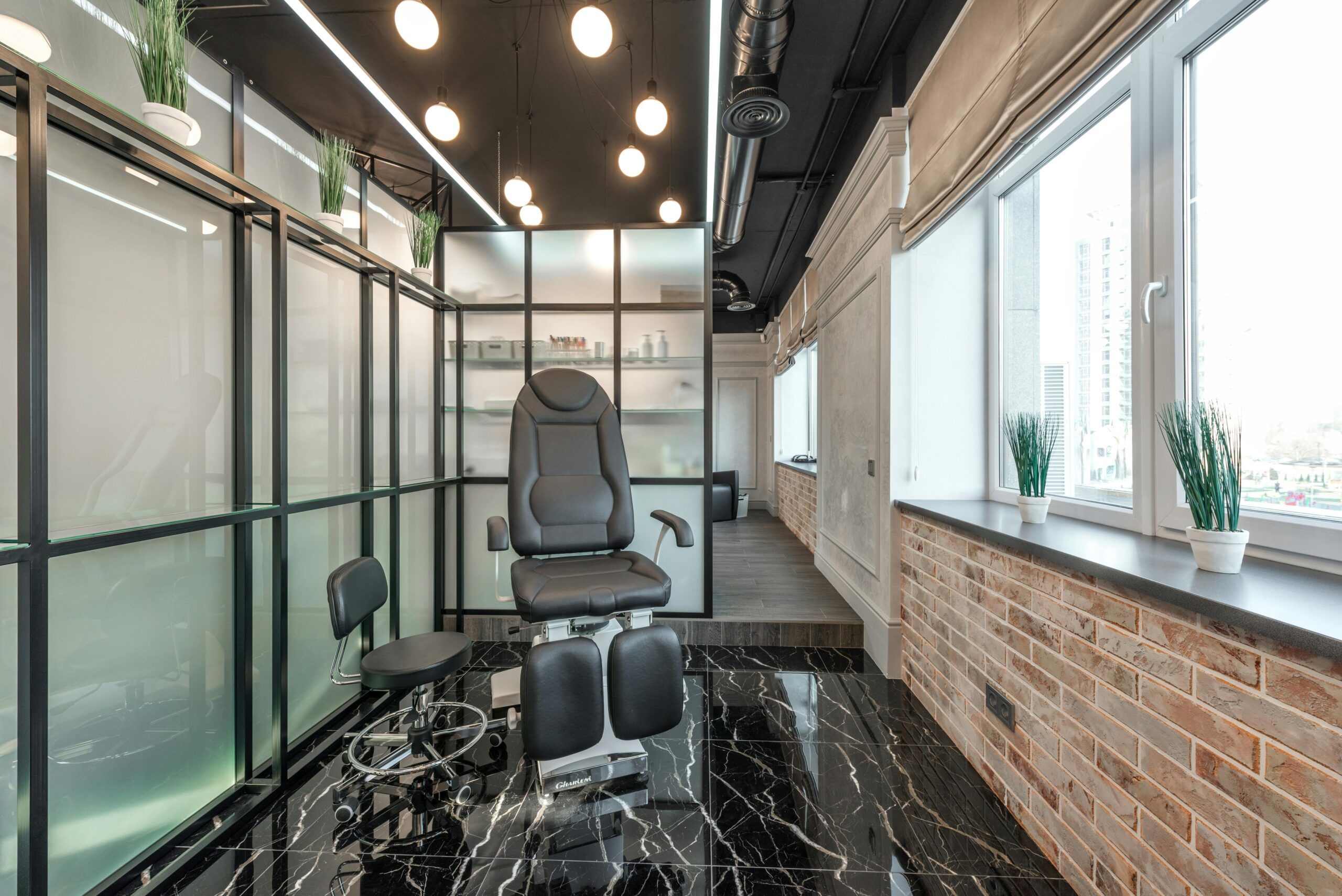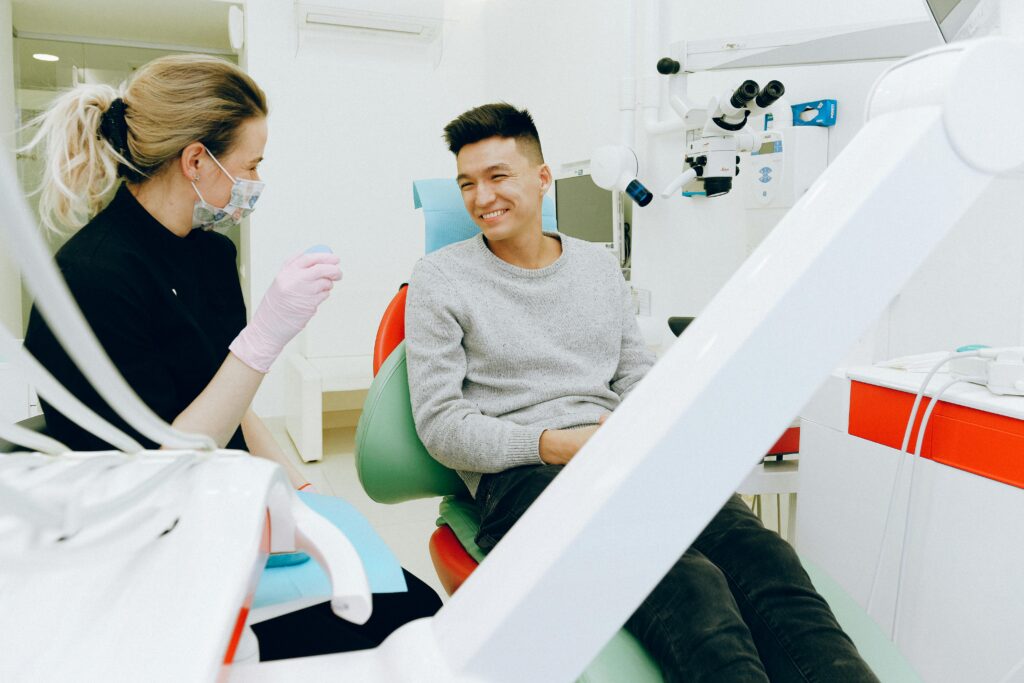How to Manage Utility Costs in Medical Office Rentals
Optimize utility savings in your Miami medical office without compromising care quality with actionable insights tailored for health professionals.
Running a medical office comes with enough financial pressures without utility bills eating into your bottom line. Yet many healthcare professionals in Miami Beach find themselves staring at monthly bills that seem to climb higher each quarter, wondering where all that money went.
Here’s the thing: those climbing costs aren’t inevitable. With the right strategies, you can slash your utility expenses while keeping your patients comfortable and your practice running smoothly.
Stop Overpaying: The Hidden Utility Costs in Medical Office Rentals
Last month, Dr. Sarah Martinez got her utility bill and nearly choked on her coffee. $800 for a single examination room? That’s when she realized she’d been flying blind on one of her biggest monthly expenses.
Most medical professionals focus on rent, equipment, and staff salaries while utility costs lurk in the background, slowly draining profits. The typical breakdown looks like this: electricity (usually 40-50% of your total utility costs), HVAC systems (30-35%), water (10-15%), and waste management (5-10%).
But here’s what catches most practitioners off guard: these costs can double during Miami’s sweltering summer months. Your air conditioning works overtime, your lighting runs longer during shorter winter days, and older buildings waste energy faster than you can say “patient comfort.”
The frustrating part? Many lease agreements leave tenants responsible for utilities without giving them much control over the building’s infrastructure. You’re paying for inefficient systems you didn’t choose and can’t easily upgrade.
Smart Energy Use: Lowering Electrical Bills Without Cutting Care Quality
Energy efficiency medical offices don’t happen by accident. They’re built through smart choices that add up to serious savings.
Start with lighting. LED bulbs cost more upfront but slash electricity usage by 75% compared to traditional bulbs. In a typical examination room, switching to LEDs can save $50-100 annually just on that one fixture. Multiply that across your entire space, and you’re looking at real money.
Smart thermostats represent another game-changer. These devices learn your schedule and automatically adjust temperatures when rooms aren’t in use. During a typical workday, you might save 10-15% on cooling costs just by letting the system know when rooms will be empty.
Consider your equipment usage patterns too. That computer monitor doesn’t need to stay on during lunch breaks. Medical devices can be powered down between patients. Small changes, but they compound quickly when you’re managing medical office expenses effectively.
The key is implementing changes that your patients won’t notice but your wallet definitely will. Nobody wants to sit in a dim, uncomfortable waiting room, but nobody needs to pay for excessive lighting and cooling either.
HVAC: The Biggest Utility Expense. How to Trim It Down
HVAC costs medical office spaces face in Miami Beach can be brutal. We’re talking about systems that might run 10-12 hours daily during peak season, and older units can guzzle energy like a thirsty patient drinks water after a procedure.
Regular maintenance makes a huge difference. When was the last time someone cleaned your air filters? Dirty filters force your system to work harder, driving up costs. A monthly filter change can improve efficiency by 5-15%. That might not sound like much, but over a year, it adds up to hundreds of dollars.
Temperature settings matter more than you think. Every degree you raise your thermostat during summer can cut cooling costs by 6-8%. Instead of keeping your office at 68 degrees, try 72 degrees. Your patients will still be comfortable, but your bills will thank you.
Zoning controls offer another powerful tool. Why cool empty rooms at the same level as occupied spaces? Modern systems let you adjust temperatures room by room, so you’re only paying for comfort where it’s needed.
Here’s where building management becomes crucial. Properties with proactive maintenance programs and updated HVAC systems naturally run more efficiently. When you’re evaluating office spaces, ask about the age of the HVAC system and maintenance schedules.
Water and Waste Management: Simple Fixes that Save Big
Water bills often slip under the radar, but even small leaks or outdated fixtures can cost hundreds per year. Medical office water conservation is not only about lowering bills; it’s about showing patients that sustainability matters.
Simple upgrades include:
- Low-flow faucets and toilets to cut water use dramatically.
- Regular inspections to detect and repair leaks before they become expensive problems.
- Training staff to report running toilets or dripping faucets right away.
Waste management also deserves attention. Efficient disposal systems reduce costs, especially in practices generating higher volumes of medical waste. An organized approach saves money and avoids compliance risks.
Leasing Smarter: Why a Modern Medical Office Means Lower Utilities
Older buildings in Miami Beach charm visitors, but they can punish tenants with sky-high utility costs. Single-pane windows, outdated insulation, and aging HVAC systems create a perfect storm of inefficiency.
Modern medical office leasing Miami Beach options change this equation completely. Newer buildings feature energy-efficient windows, better insulation, LED lighting systems, and high-efficiency HVAC units. These improvements can cut utility costs by 30-50% compared to older spaces.
Flexible lease terms add another layer of value. Instead of committing to a long-term lease in an inefficient building, shorter-term agreements let you test different spaces and find one that fits your utility budget. You can actually see how much you’ll spend before making a major commitment.
Turnkey offices with updated infrastructure eliminate many utility headaches. When the building management handles maintenance and ensures systems run efficiently, you benefit from their expertise and economies of scale.
Location plays a role too. Spaces near residential neighborhoods and tourist areas often have better utility infrastructure because the surrounding area demands it. High-traffic locations typically feature more reliable service and competitive rates.
Engage Your Team: Training Staff to Save on Utilities
Physicians are busy. They can’t monitor every light switch or faucet themselves. Staff habits make a huge difference in managing medical office expenses. A team trained to prioritize efficiency helps lock in savings.
Encourage staff to:
- Switch off lights in empty rooms.
- Keep thermostat settings consistent.
- Report leaks and unusual HVAC noises quickly.
- Power down unused equipment at the end of each day.
When staff feel engaged in the process, savings multiply without additional investment. Small daily actions combine to create measurable results over time.
Leveraging Technology: Apps and Tools to Monitor and Control Usage
Smart meters and utility management platforms give you real-time visibility into your consumption patterns. Instead of waiting for monthly bills to understand your usage, these tools show you exactly what’s happening day by day.
Many utility companies offer free apps that track your usage and send alerts when consumption spikes unexpectedly. These early warnings can help you identify problems before they become expensive problems.
IoT solutions for medical offices include smart thermostats, occupancy sensors, and automated lighting systems that adjust based on actual usage patterns. While these require upfront investment, the savings typically pay for themselves within 12-18 months.
Energy monitoring platforms can identify specific equipment that consumes excessive power. Maybe that older refrigerator in your break room is costing $200 annually more than a newer, efficient model. Without monitoring, you’d never know.
Negotiate Your Lease with Utilities in Mind
Before signing any lease agreement, clarify exactly what utility expenses you’ll be responsible for and how they’re calculated. Some landlords include utilities in rent, others charge separately, and some use complex allocation formulas based on square footage or usage.
Ask about utility caps or efficiency incentives. Some progressive landlords offer rent reductions when tenants maintain low utility usage. Others provide allowances that cover reasonable consumption levels.
Shared utilities can work in your favor if managed properly. When multiple tenants share costs for common areas and building systems, individual expenses often decrease. But make sure the allocation method is fair and transparent.
Request information about average utility costs for similar spaces in the building. This gives you a realistic baseline for budgeting and helps you evaluate whether a space is truly efficient or just looks modern.
Why Sheridan Medical Suites Is the Smart Choice for Utility-Conscious Medical Tenants in Miami Beach
When Dr. Martinez finally decided to relocate her practice, she discovered that Sheridan Medical Suites offered exactly what she needed: modern, energy-efficient spaces designed specifically for healthcare professionals.
Located near Mount Sinai Hospital in a high-traffic area of Miami Beach, Sheridan Medical Suites features updated infrastructure that naturally keeps utility costs low. The single-room medical office spaces come with modern HVAC systems, LED lighting, and efficient water fixtures.
But what really sets Sheridan apart is their approach to medical office leasing Miami Beach practices. One-year lease terms let you test the space and see actual utility costs before making long-term commitments. Building management handles maintenance proactively, ensuring systems run efficiently and problems get addressed quickly.
The flexible leasing structure works perfectly for established practitioners looking to expand, new doctors starting their careers, or specialists who want a professional administrative office without the overhead of a full surgical suite.
Ready to stop overpaying for utilities and start practicing in a space designed for efficiency? Call Sheridan Medical Suites at 786-261-4921 to tour available spaces and discuss how modern infrastructure can improve your bottom line.
Action Plan: 5 Easy Steps to Start Cutting Utility Costs Today
Ready to tackle those utility bills head-on? Here’s your roadmap:
Immediate Actions (This Week)
- Walk through your current space and identify obvious problems like leaks, running equipment, or excessive lighting
- Check your thermostat settings and adjust them 2-3 degrees in the energy-saving direction
- Review your last three utility bills to understand your baseline costs and identify any unusual spikes
Short-Term Improvements (Next Month)
- Train your staff on utility-saving practices and implement simple procedures for daily operations
- Contact your current building management to discuss maintenance schedules and potential efficiency improvements
Strategic Planning (Next 90 Days)
- If your utility costs are consistently high, start evaluating modern medical office alternatives that offer better infrastructure and flexible lease terms
- Consider whether your current space truly serves your practice’s needs or if relocating to an efficient building could improve both your overhead costs and patient experience
The bottom line? You don’t have to accept high utility costs as an inevitable part of running a medical practice. With the right strategies and the right space, you can keep your patients comfortable while keeping more money in your pocket.
Ready to lease smarter and save more? Contact Sheridan Medical Suites today at 786-261-4921 to learn about our available spaces and flexible lease options or fill out our online form.

















